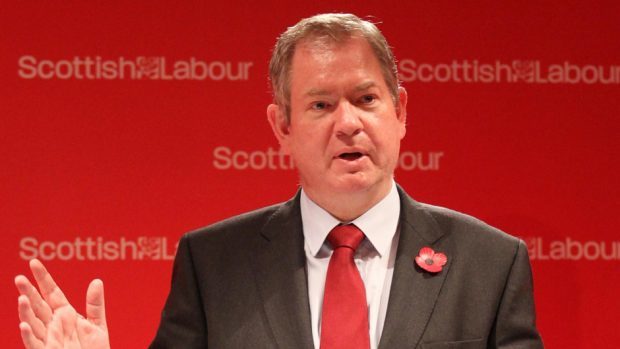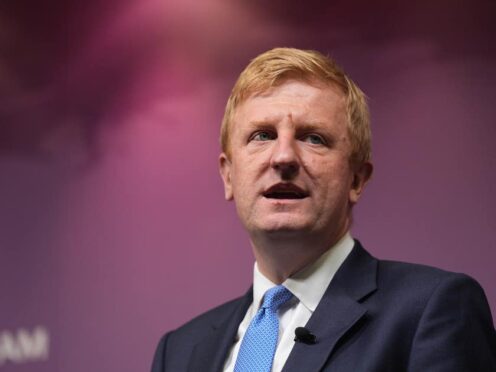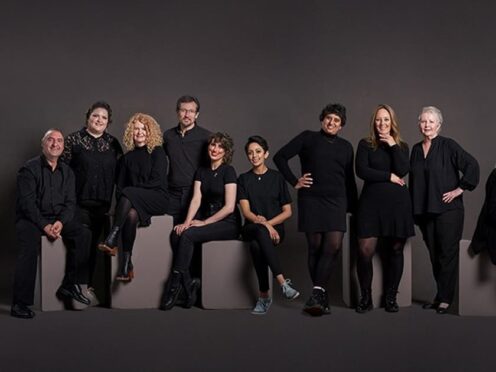The European Union is a curious beast. And there are some facts about it that we should all be aware of before we go to the polls on June 23.
First of all, the EU isn’t just a trading bloc. If it were, there would be no controversy attached to our continued membership.
But in fact, it is the only trade bloc in the world where membership depends on political integration.
That means interference by a foreign court – the European Court of Justice (ECJ) – in areas of our lives that have nothing to do with our overseas trade. So, for example, when Alex Salmond tried to implement plans to introduce minimum pricing of alcohol, the ECJ said no. It doesn’t matter whether or not you agree with the policy; it should be up to Scotland’s democratically-elected politicians to decide policy, not unelected judges sitting in a foreign court.
Another thing you might not be aware of concerns the famous “freedom of movement of labour”. That sounds all cosy and sensible – who wouldn’t want workers to be able to move around to get work, after all?
Except “freedom of movement of labour” is a euphemism. What it actually means is that every citizen of the other 27 EU member nations has exactly the same legal right as you and any member of your family to live here in Scotland and the UK.
Immigration has benefited Scotland in the past and it will again in the future. But only because it has been limited and managed. We need to fill skills gaps at home with the skills of immigrants. But we can’t discriminate against unskilled EU workers because that would be against EU law. Any of the EU’s 500 million citizens can come to the UK whenever they wish and stay for as long as they wish, and the only qualification they need is a passport.
So does the government plan to build enough homes to accommodate all the new citizens we’re expected to have in the future? What about school places? What about the downward pressure on wages caused by the increased competition for jobs?
Are you confident that when Turkey, Albania and Montenegro become EU members in a few years’ time that all the extra infrastructure and services needed to accommodate a new influx from these poorer countries will be in place?
Another fact that seems to have got lost in the current debate is that the UK, as a member of the EU, is legally prevented from forming our own trade deals with other countries. We can only negotiate through the EU, which finds it almost impossible to represent the often conflicting interests of 28 different countries. That’s why the EU doesn’t even have a trade deal with China, the fastest growing economy in the world. Outside the EU, we could fast track such deals.
But trade doesn’t require trade deals anyway – the UK is America’s biggest overseas investor (and vice versa) and there is no trade deal between the EU and the US.
Speaking in the House of Commons earlier this year, the SNP’s Europe spokesman Stephen Gethins, said that his party acknowledged that the UK could thrive outside the EU.
He’s right. We will.










